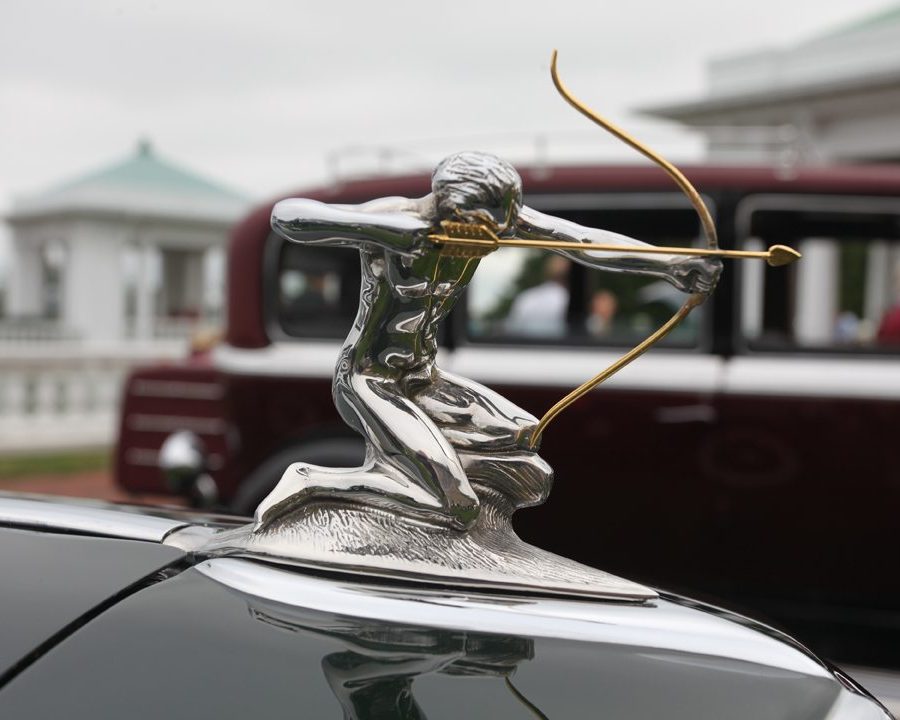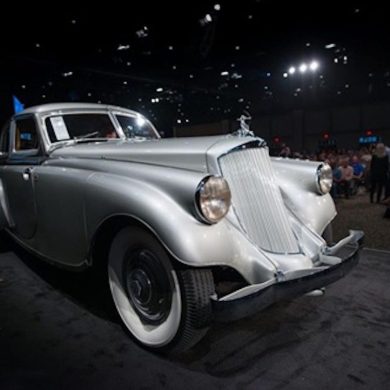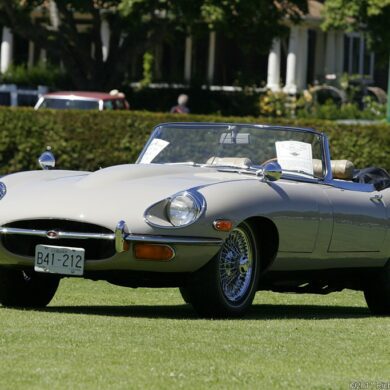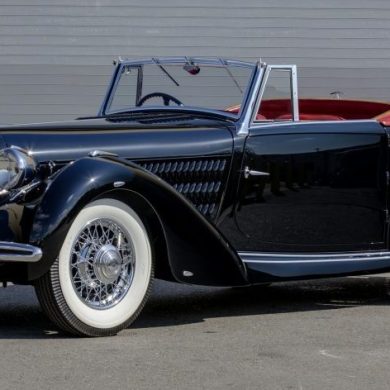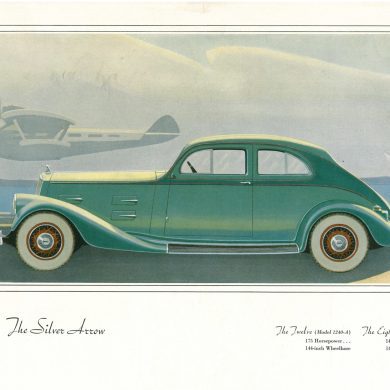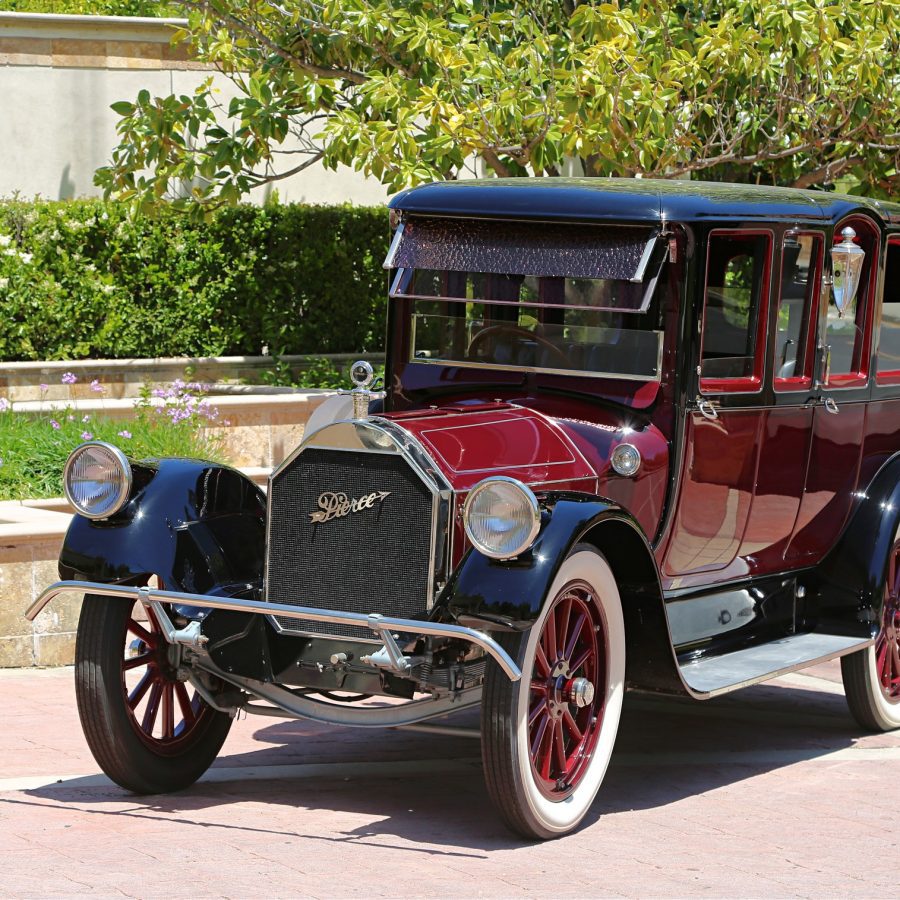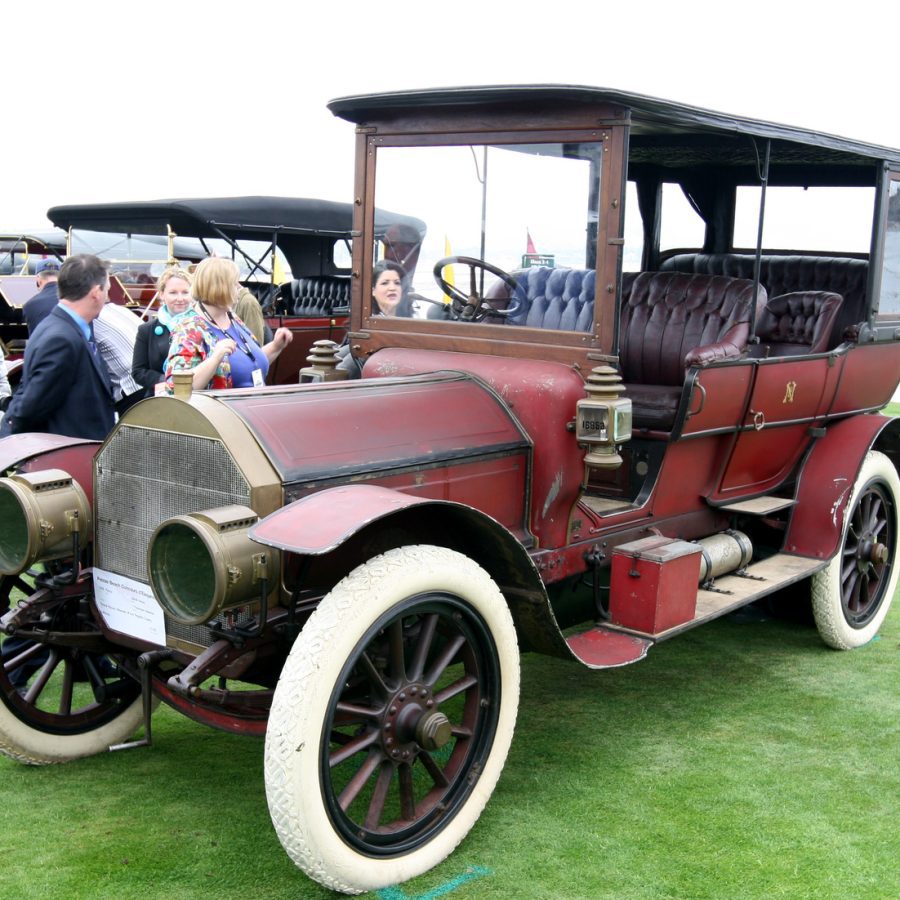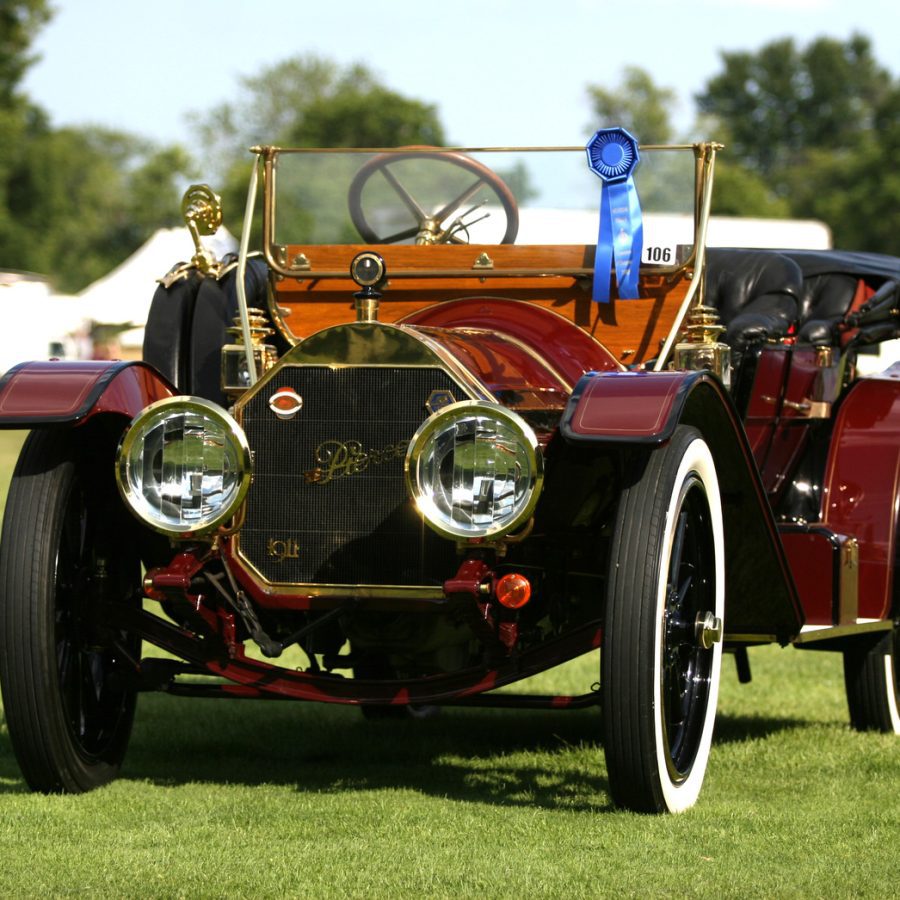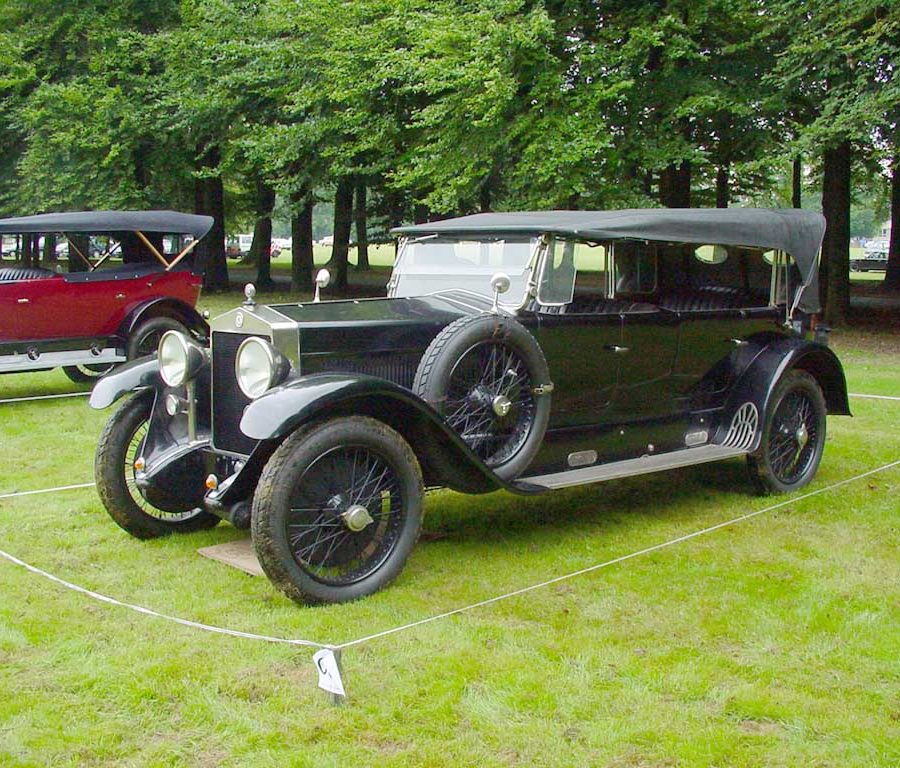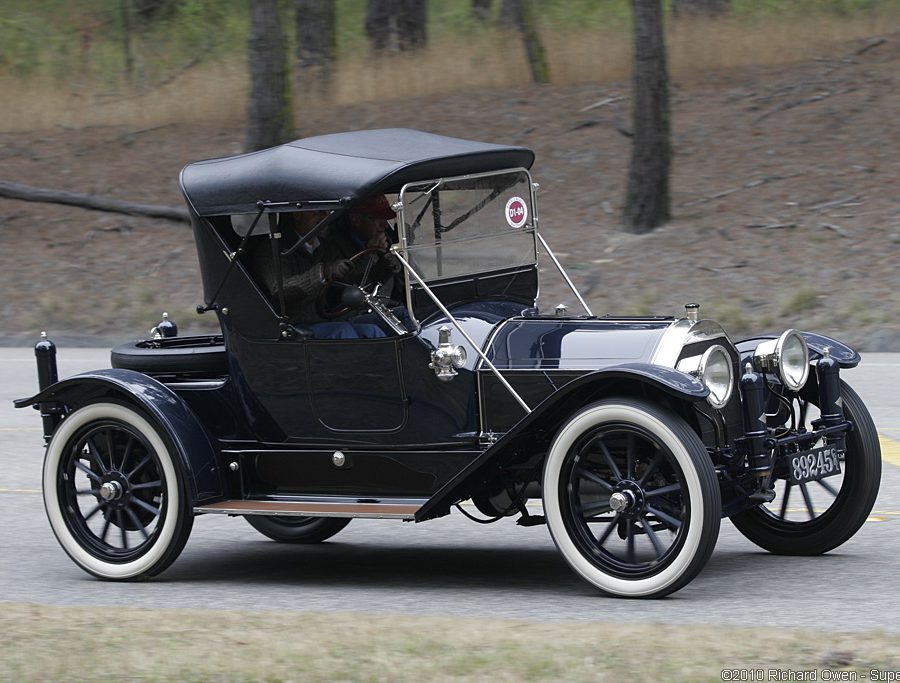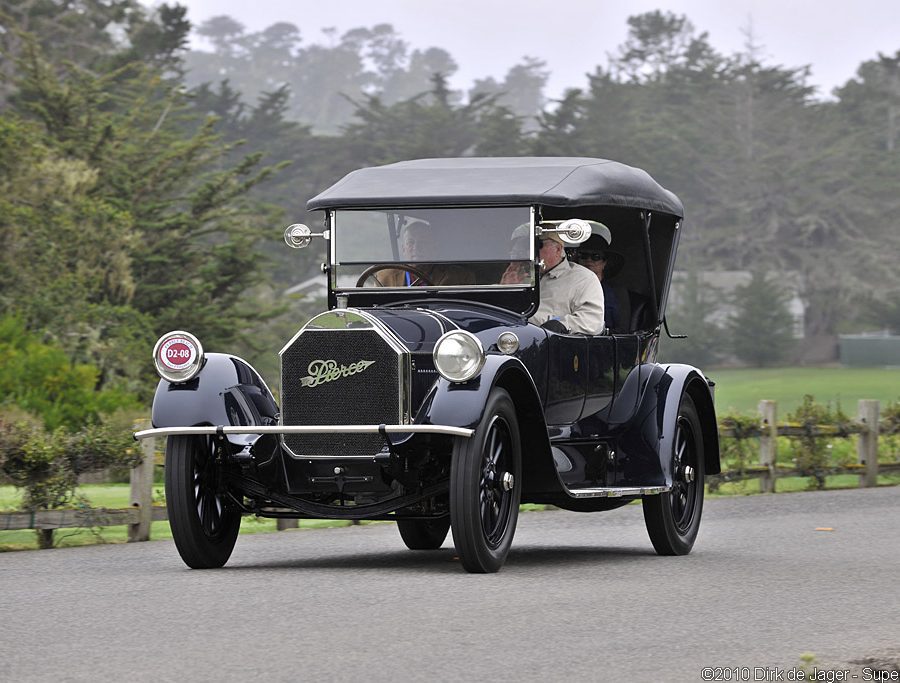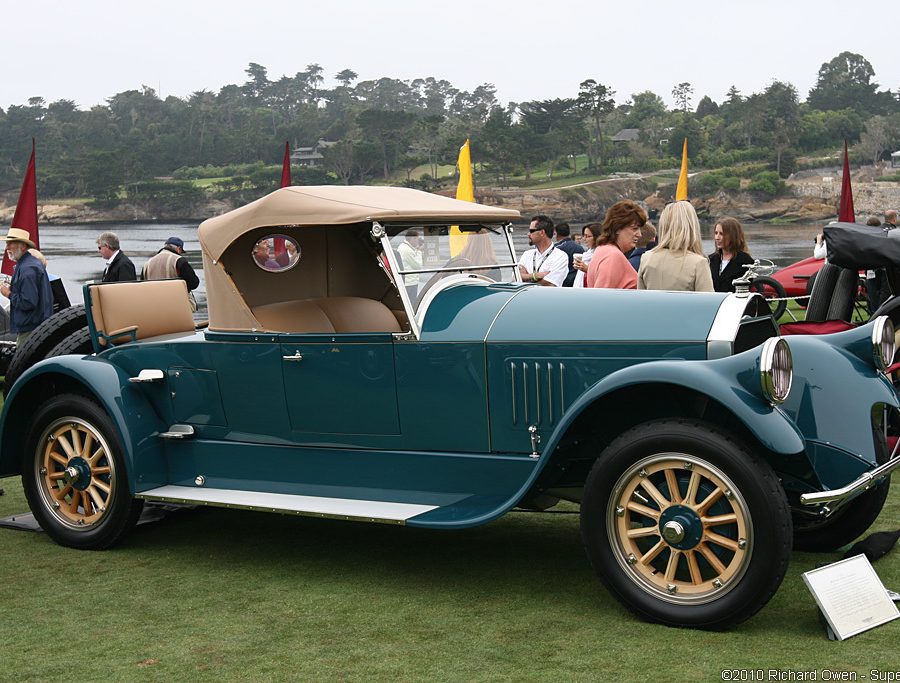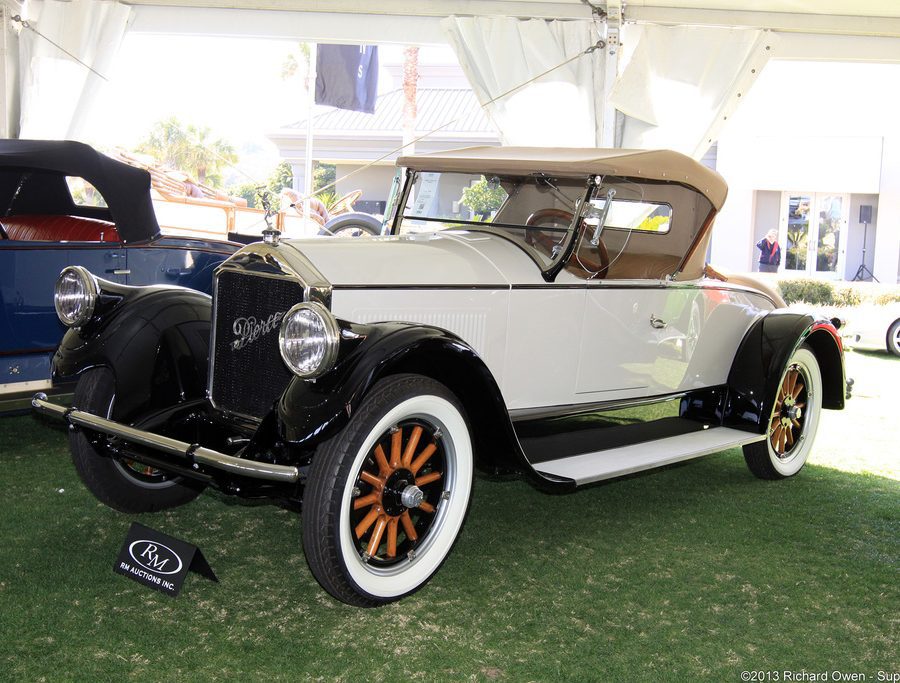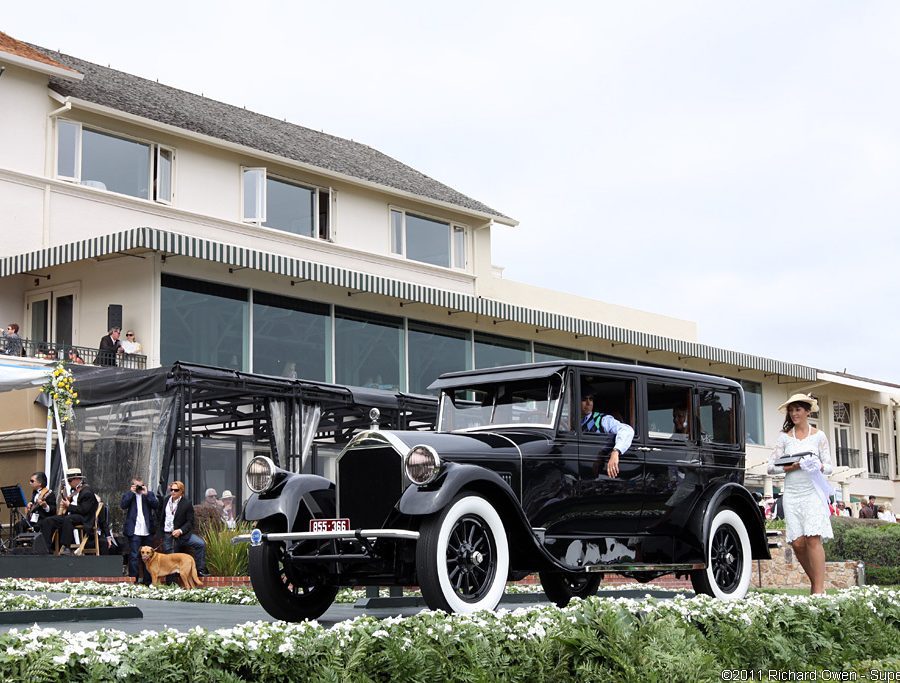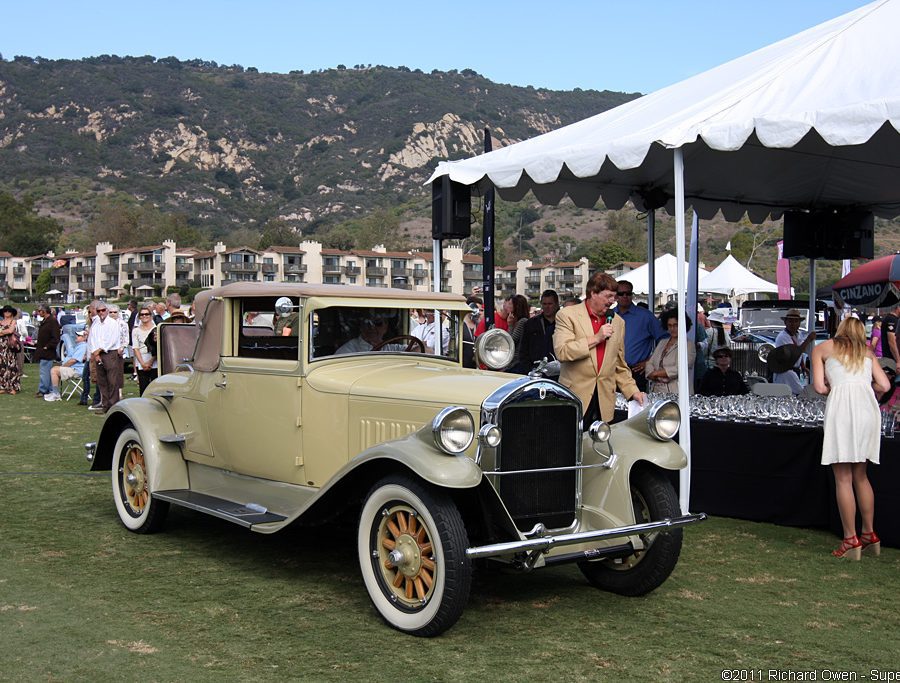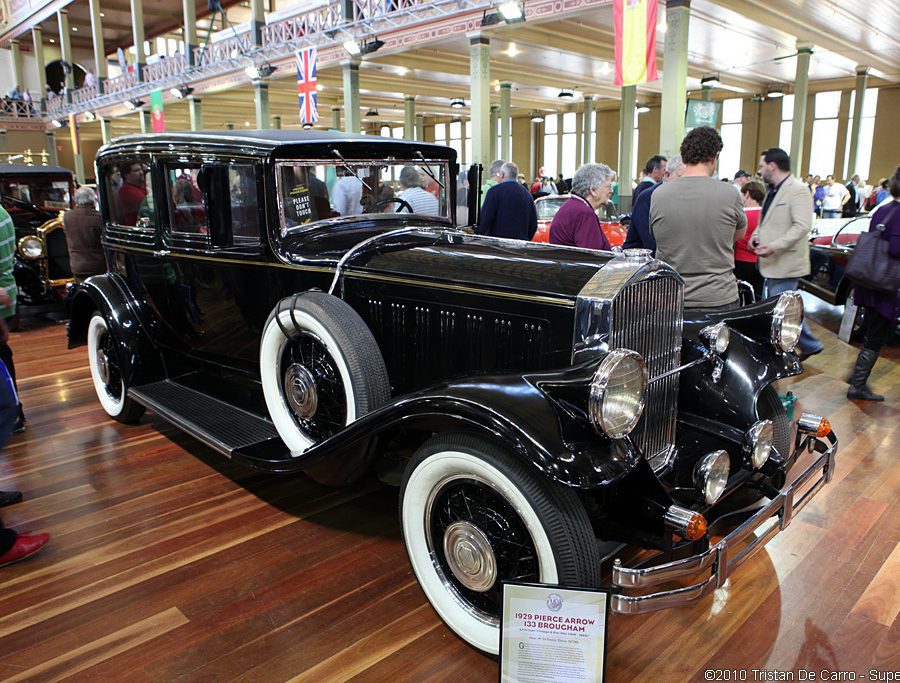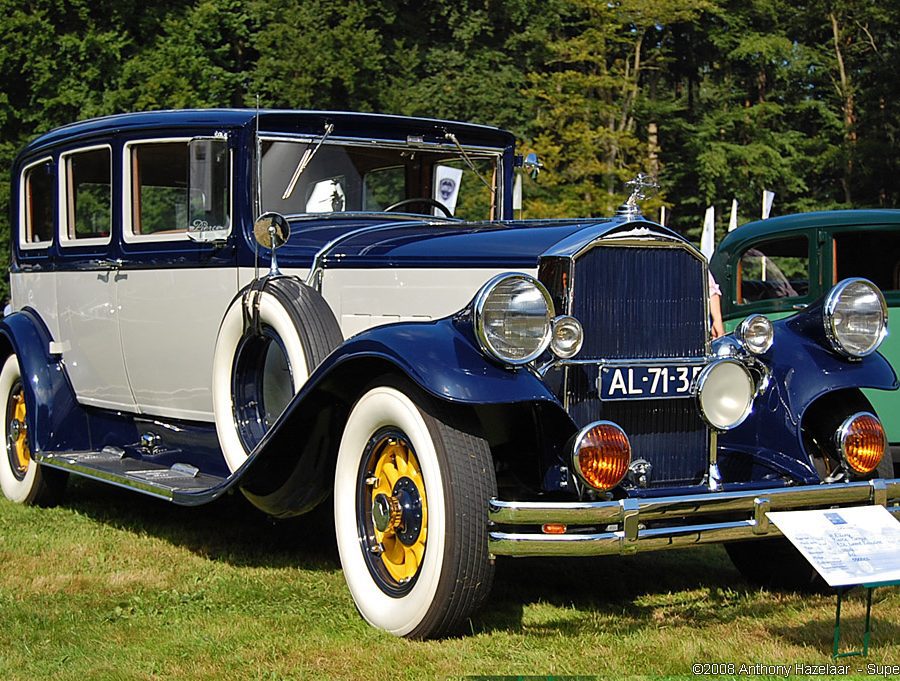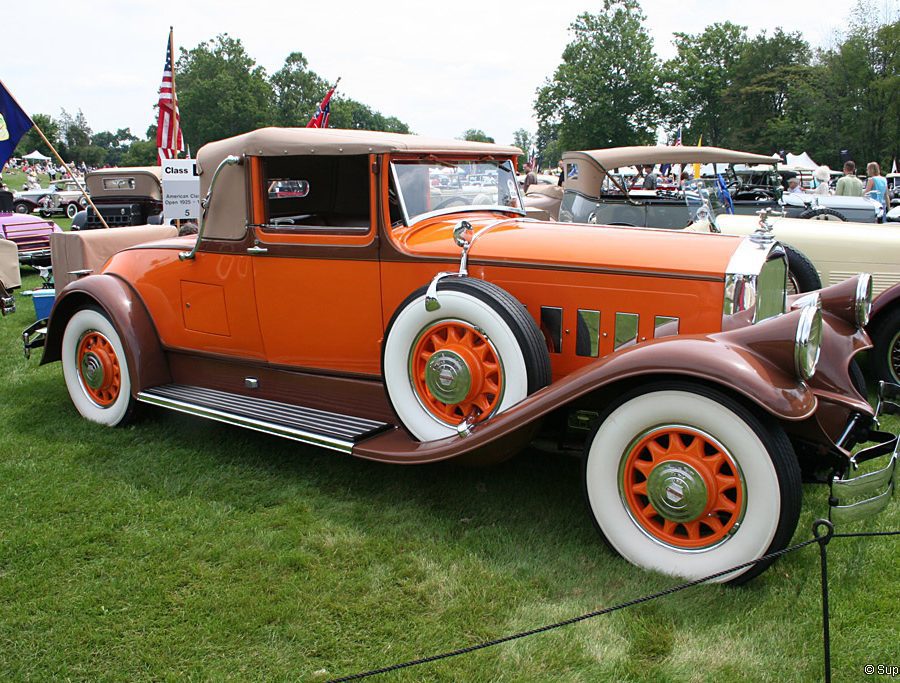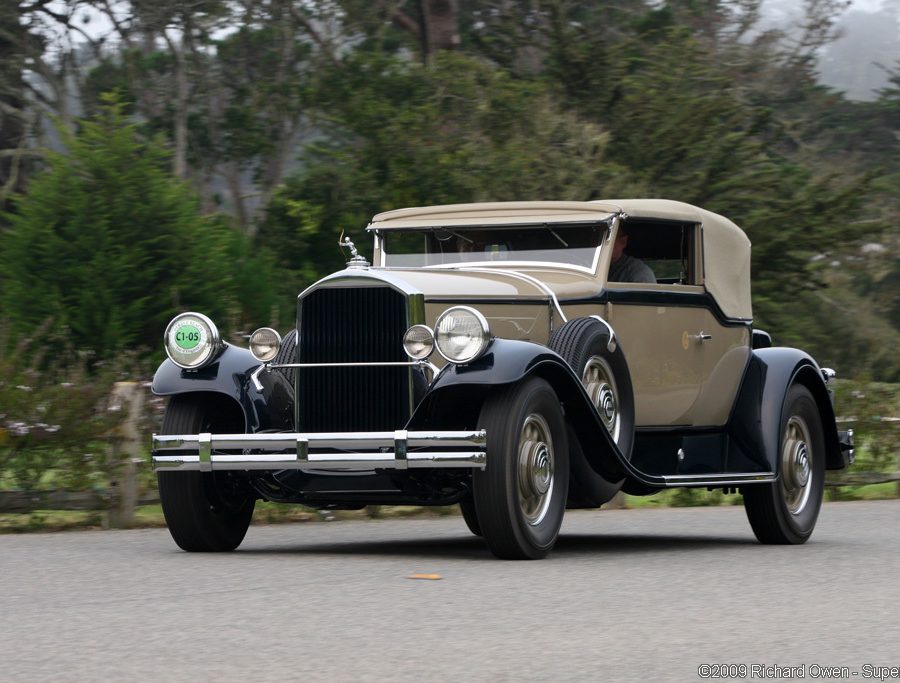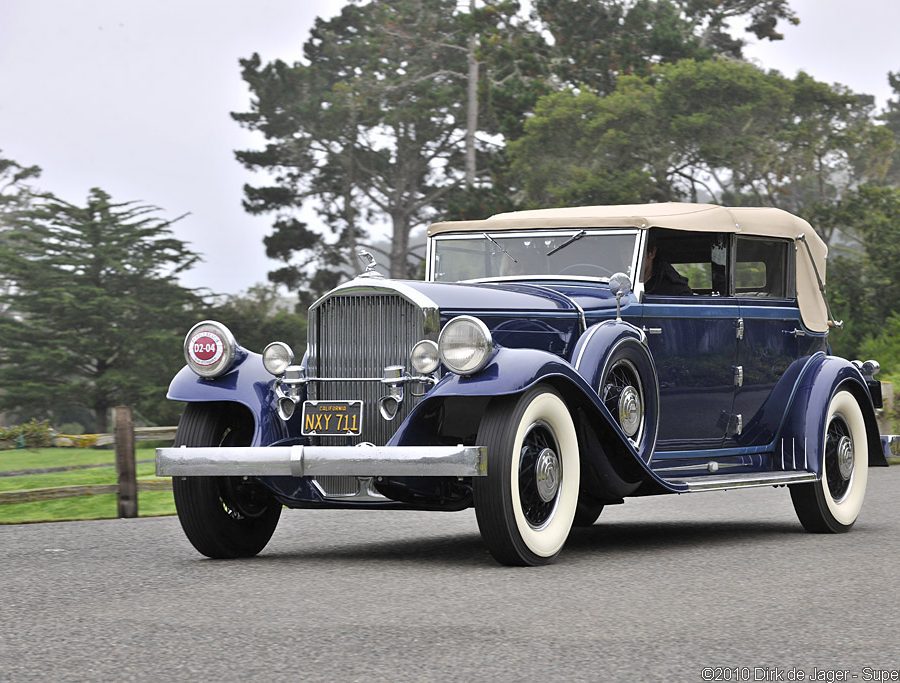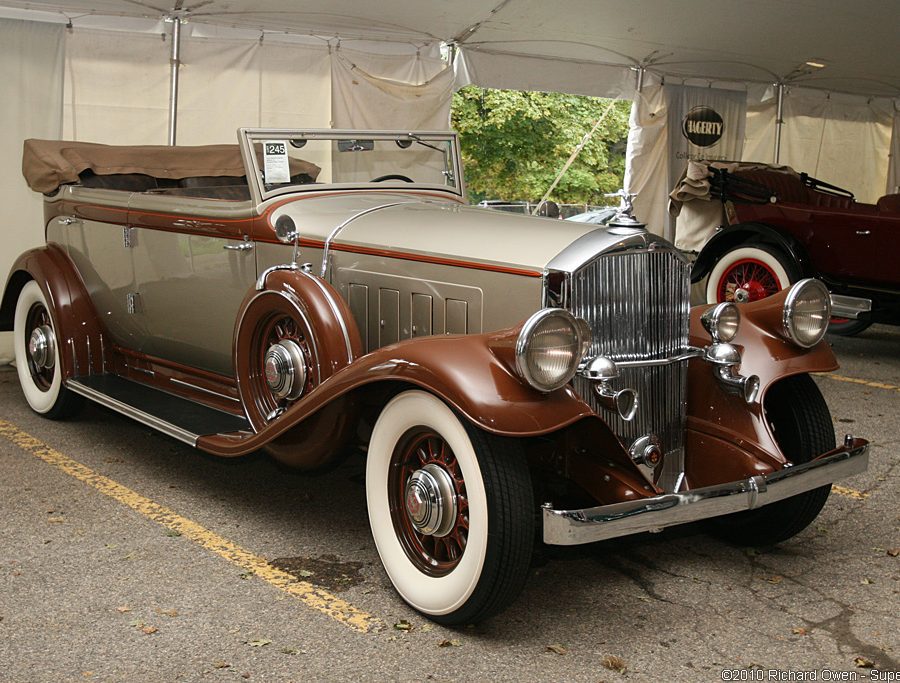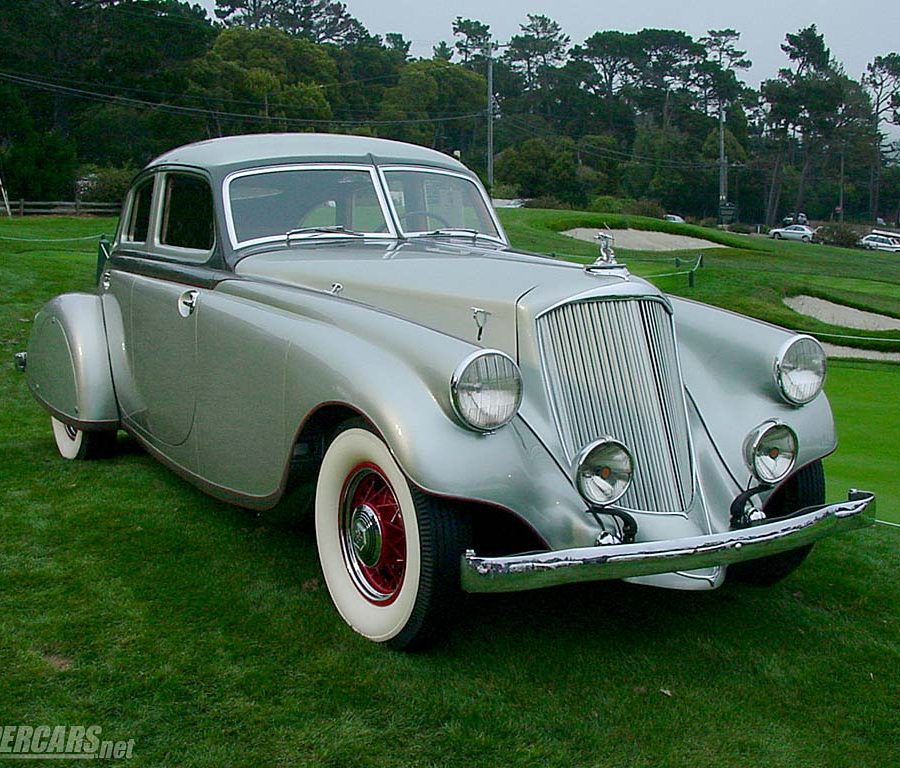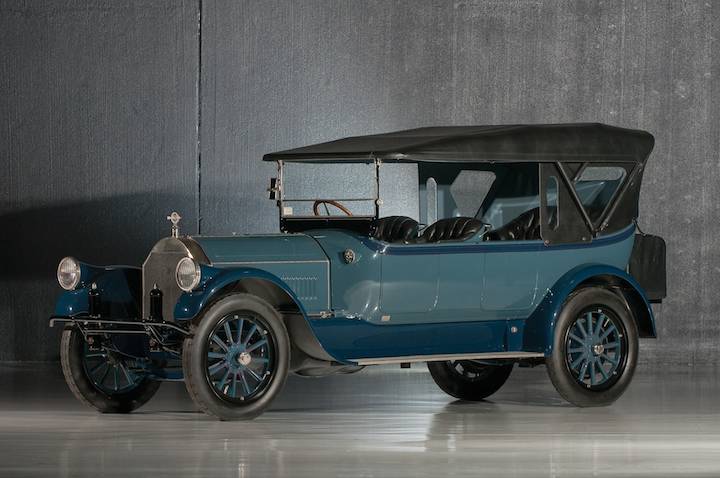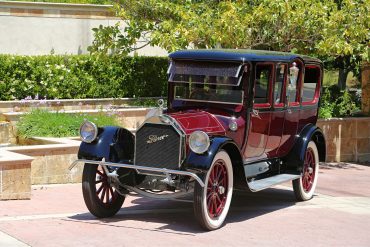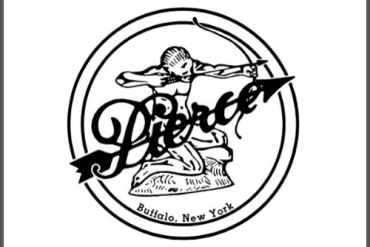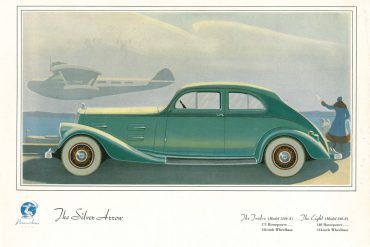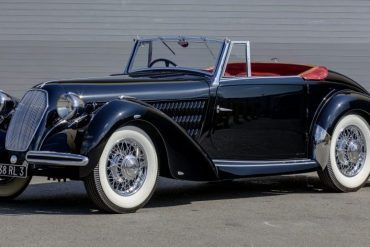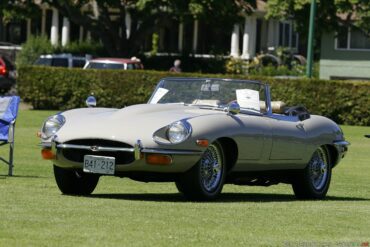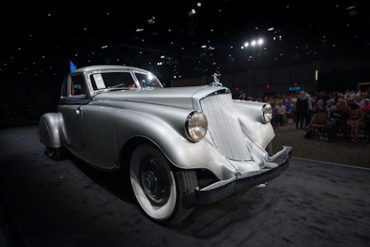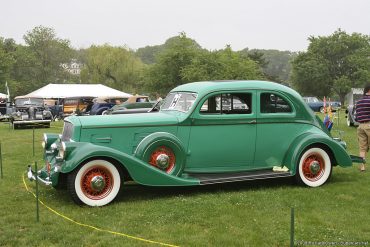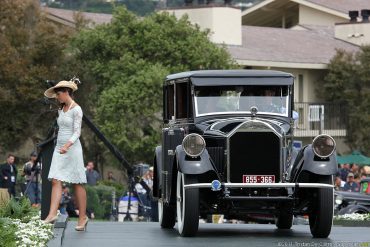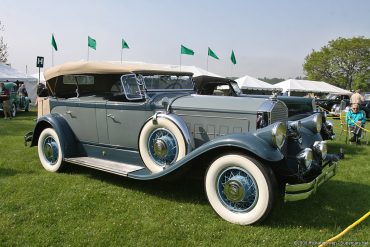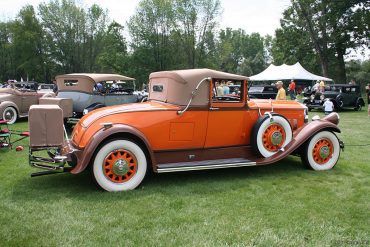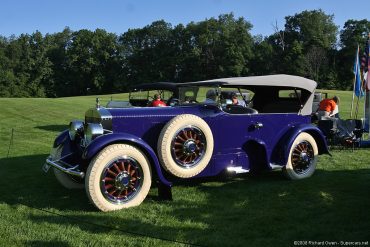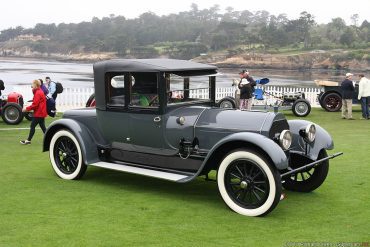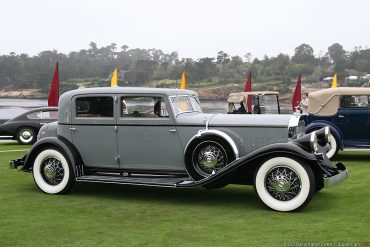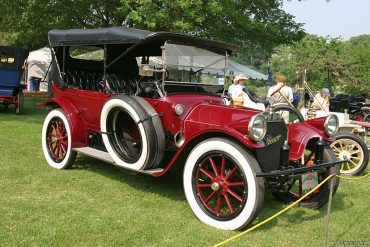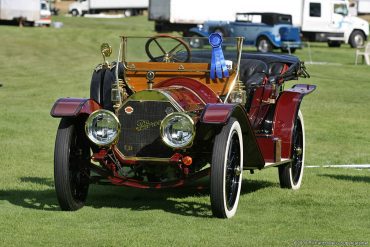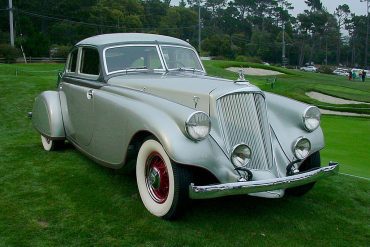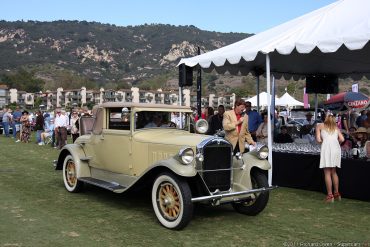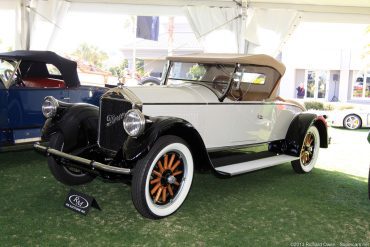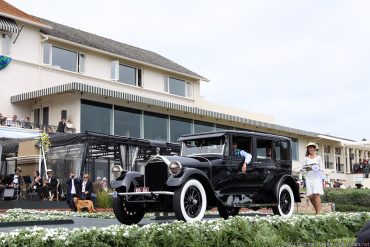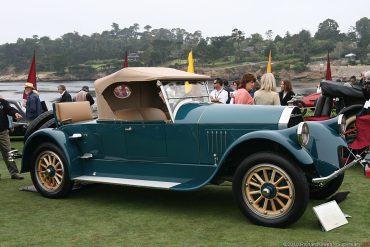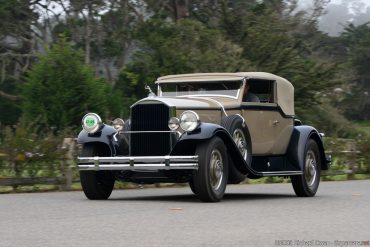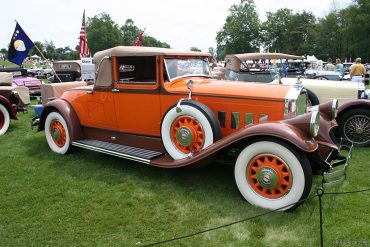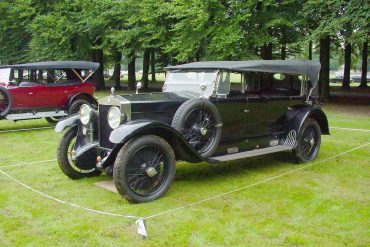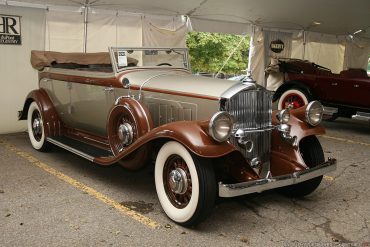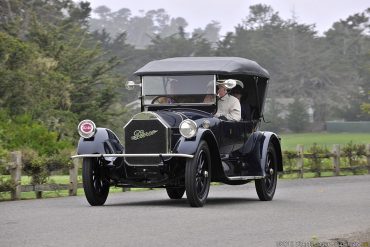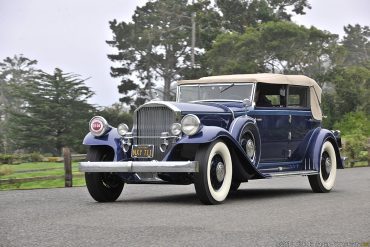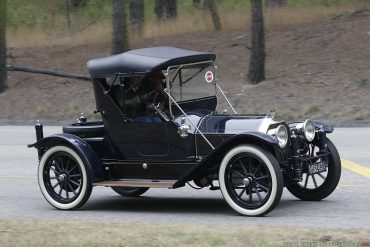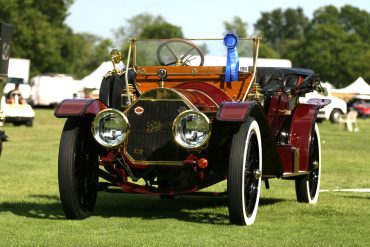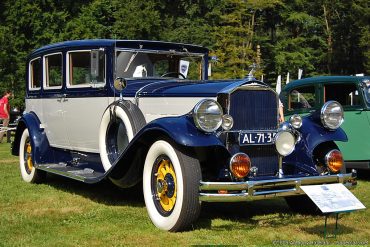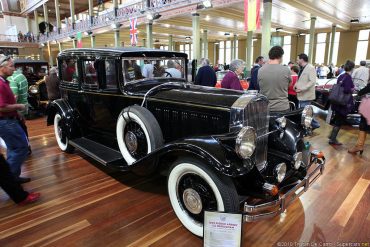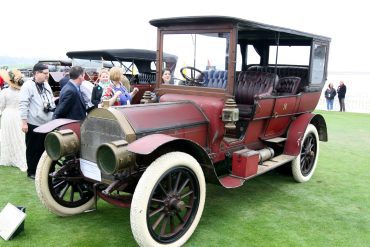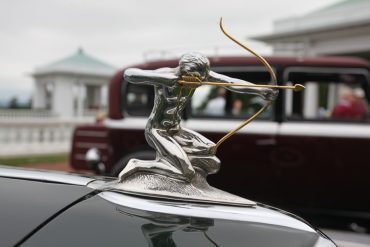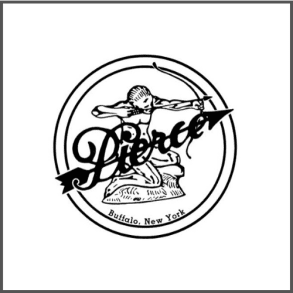
Pierce-Arrow
Research, History, Reviews, Media & More
Introduction / Featured Stories / Model Guides / News & Updates
Pierce-Arrow: A Legacy of Luxury and Innovation in American Automotive History
Pierce-Arrow was a prestigious American car manufacturer known for producing some of the finest luxury automobiles of the early 20th century. With a reputation for elegance, quality craftsmanship, and engineering innovation, Pierce-Arrow became a symbol of American automotive excellence. This post explores the founding of Pierce-Arrow, its evolution over the years, the iconic car models it produced, and the milestones that have defined its legacy in the automotive world.
The Founding Vision: From Household Goods to Luxury Automobiles
Pierce-Arrow’s origins date back to 1865 when it was founded as the George N. Pierce Company in Buffalo, New York. Initially, the company manufactured household goods, such as birdcages and iceboxes, before transitioning into bicycle production in the late 19th century. The success of Pierce bicycles laid the foundation for the company’s foray into the burgeoning automotive industry at the turn of the century.
In 1901, the company, then known as Pierce-Arrow Motor Car Company, introduced its first automobile, the Motorette, a small, single-cylinder car. This venture into automobile manufacturing marked the beginning of Pierce-Arrow’s journey as a producer of luxury vehicles, setting the stage for its rise to prominence as a leader in American automotive design and innovation.
The Evolution of Pierce-Arrow: A Journey of Innovation and Luxury
Pierce-Arrow’s transformation from a modest bicycle manufacturer to a leading luxury car brand is marked by several key developments and iconic car models:
The Rise of the Pierce-Arrow Brand (1900s-1910s):
By the early 1900s, Pierce-Arrow had firmly established itself as a producer of high-quality automobiles. In 1903, the company introduced the Pierce-Arrow Model 65, a large and luxurious touring car powered by a four-cylinder engine. This model set a new standard for luxury and comfort, attracting the attention of wealthy customers and solidifying Pierce-Arrow’s reputation for excellence.
In 1909, the company officially changed its name to Pierce-Arrow Motor Car Company, reflecting its focus on producing luxury vehicles. The brand quickly became known for its innovative engineering and elegant designs, attracting an elite clientele that included presidents, royalty, and Hollywood celebrities.
Pioneering Design Innovations: Headlights and Engineering Excellence (1910s-1920s):
Pierce-Arrow was known for its commitment to innovation and design excellence. In 1914, the company introduced a groundbreaking design feature: headlights integrated into the front fenders. This design was not only aesthetically distinctive but also improved night-time visibility, setting Pierce-Arrow apart from its competitors and establishing a new standard in automotive design.
The brand also pioneered the use of aluminum in engine construction, introducing an inline six-cylinder engine with an aluminum crankcase in 1909. This innovation contributed to the company’s reputation for engineering excellence and high-performance vehicles.
The Golden Age of Luxury: Pierce-Arrow’s Iconic Models (1920s-1930s):
The 1920s and 1930s marked the golden age of Pierce-Arrow, as the company continued to produce some of the most luxurious and advanced cars of the era. The Pierce-Arrow Model 33, introduced in 1921, featured a powerful six-cylinder engine, hydraulic brakes, and luxurious interiors, further cementing the brand’s reputation for quality and innovation.
In 1929, Pierce-Arrow introduced the Model 41, which featured an impressive inline eight-cylinder engine and a level of luxury and craftsmanship that was unmatched in the industry. The Model 41 was one of the most desirable cars of its time, attracting wealthy buyers who appreciated its combination of performance, comfort, and style.
The Silver Arrow: A Vision of the Future (1933):
One of Pierce-Arrow’s most famous models was the Silver Arrow, introduced at the 1933 New York Auto Show. Designed by Phillip O. Wright, the Silver Arrow was a futuristic concept car that showcased the company’s vision for the future of automotive design. With its streamlined body, hidden door handles, and integrated headlights, the Silver Arrow was a radical departure from the more traditional designs of the era.
Only five Silver Arrows were produced, making them extremely rare and highly sought after by collectors today. The Silver Arrow remains one of the most iconic cars in Pierce-Arrow’s history, representing the brand’s commitment to innovation and forward-thinking design.
Financial Challenges and the Great Depression (1930s):
Despite its reputation for luxury and innovation, Pierce-Arrow faced significant financial challenges during the Great Depression. In an attempt to strengthen its financial position, the company merged with Studebaker in 1928. However, the merger was not as successful as hoped, and the companies parted ways in 1933. Pierce-Arrow continued to struggle financially, ultimately ceasing operations in 1938.
Special Milestones and Achievements
Throughout its history, Pierce-Arrow achieved several significant milestones and made lasting contributions to the automotive world:
Innovative Design and Engineering: Pierce-Arrow was a pioneer in automotive design, introducing features such as integrated fender headlights and aluminum engine components that set new standards in luxury and performance.
A Symbol of Prestige and Luxury: Pierce-Arrow cars were favored by celebrities, dignitaries, and wealthy individuals, becoming symbols of wealth, status, and sophistication. The brand’s commitment to quality and craftsmanship made it one of the most prestigious car manufacturers of its time.
Contribution to U.S. Military Efforts: During World War I, Pierce-Arrow supplied trucks and ambulances to the U.S. military, demonstrating the durability and reliability of its vehicles in challenging conditions.
A Lasting Legacy in Automotive Design: The innovative designs and engineering excellence of Pierce-Arrow cars have left a lasting impact on the automotive industry, influencing future generations of luxury car manufacturers.
The Enduring Legacy of Pierce-Arrow
Pierce-Arrow’s legacy is one of innovation, luxury, and a commitment to excellence in automotive design and engineering. From its early days as a bicycle manufacturer to its rise as a leader in the luxury car market, Pierce-Arrow consistently pushed the boundaries of what was possible in the automotive world. Today, Pierce-Arrow is remembered not only for its contributions to early automotive design but also for its influence on the luxury car market and its enduring status as a symbol of American automotive excellence.
While the brand ceased operations in 1938, its legacy continues to be celebrated by collectors, historians, and automotive enthusiasts who appreciate the quality, craftsmanship, and innovation that defined Pierce-Arrow cars. The brand’s emphasis on elegance, performance, and advanced features has left a lasting impact on the automotive world and continues to inspire new generations of car enthusiasts..
Pierce-Arrow Basics
Founded: 1865, 1901 (as auto manufacturer), 1928 a division of Studebaker
Founder: George N. Pierce
Defunct: 1938
Headquarters: Buffalo, NY, U.S
Did You Know
Pierce-Arrow originated as the George N. Pierce Company, founded in 1865 in Buffalo, New York, initially producing household goods and later bicycles.
Pierce-Arrow cars were famous for their unique “Archer” hood ornament, featuring a kneeling archer drawing a bow. This iconic symbol became synonymous with the brand and reflected Pierce-Arrow's reputation for elegance and luxury.
In 1914, Pierce-Arrow became the first car manufacturer to integrate headlights into the front fenders of its vehicles.
Pierce-Arrow was a pioneer in using aluminum in engine construction. In 1909, the company introduced an inline six-cylinder engine with an aluminum crankcase.


